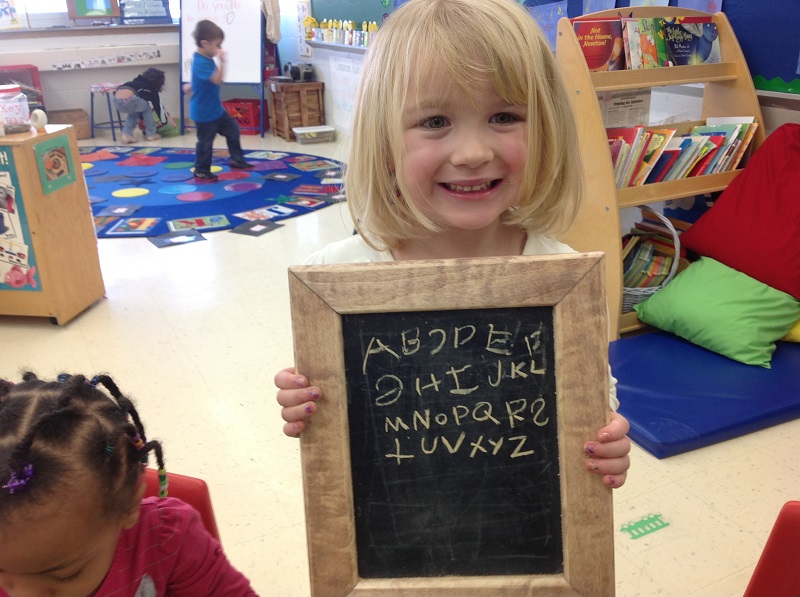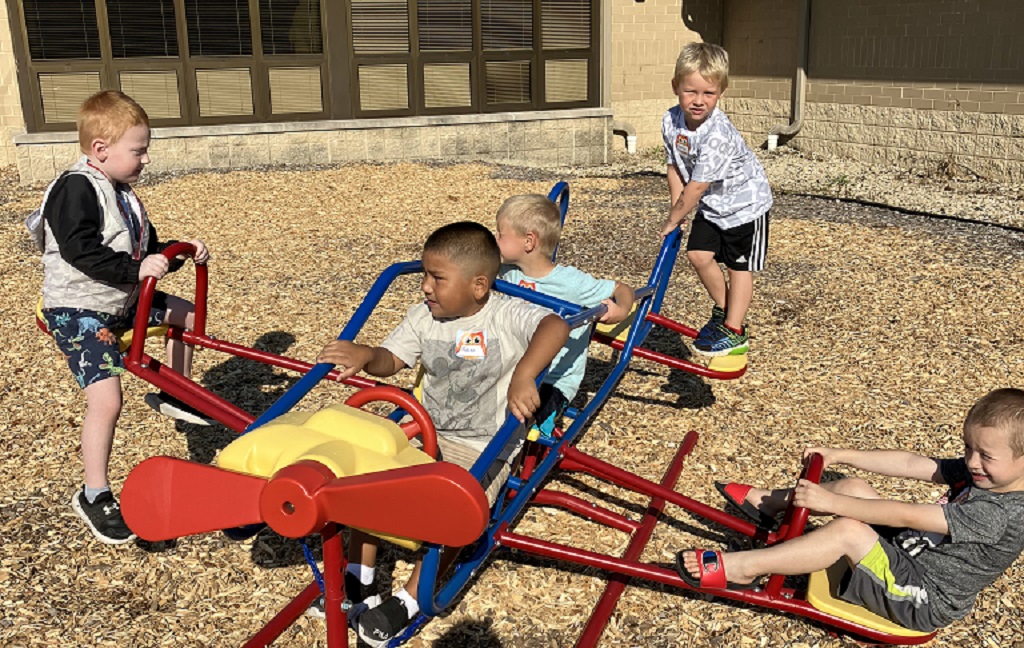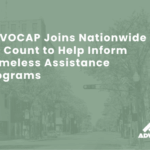
Head Start is the most important social and educational investment in children, families, and communities the United States has ever undertaken. The Head Start Project was launched in 1965 as a comprehensive child development program. Over the last six decades, it has provided a window of opportunity to more than 37 million vulnerable children and their families.
Happy Birthday, Head Start! On May 18th, 1964, President Lyndon Johnson asked Sargent Shriver to convene a panel of child development experts to design a program to help communities meet the needs of vulnerable preschool children. The panel report named the Cooke Report after its chair Dr. Robert Cooke-became the blueprint for Project Head Start.
Designed to help break the cycle of poverty, Project Head Start provided preschool children of low-income families with a comprehensive program to meet their emotional, social, health, nutritional, and psychological needs and support the families in improving their lives. It was envisioned as an eight-week summer program staffed by volunteers. The plan was to open the doors to a few thousand children nationwide. More than 561,000 children showed up.
Head Start now serves more than one million children and their families each year in urban and rural areas in all 50 States, the District of Columbia, Puerto Rico, and the U.S. Territories, including many American Indian, Alaska Native, and migrant children. In 1969, Head Start moved from the Office of Economic Opportunity to the Office of Child Development in the Department of Health, Education and Welfare. Today, it is within the Administration on Children, Youth, and Families in the Department of Health and Human Services.
Source: National Head Start Association
Since 1965, Head Start programs have reached 40 million children and their families. Children who enrolled in Head Start programs are more likely to graduate from high school and attend college, have improved social, emotional, and behavioral development, and are better prepared to be parents themselves than similar children who did not attend the program.







